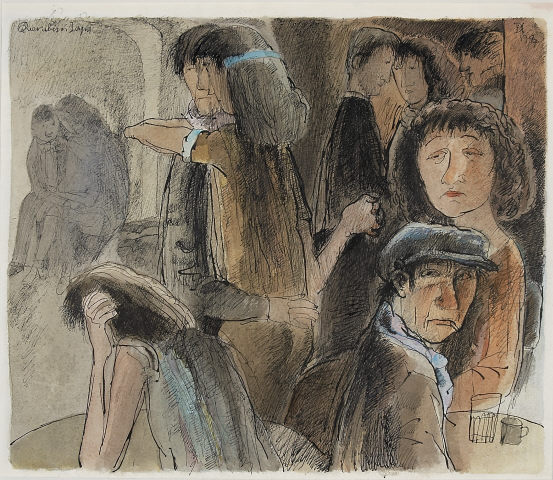
Querubim Lapa
s/título
Portimão, Portugal, 1925
He began his artistic training in 1941 with the painter Trindade Chagas. The following year, he enrolled at the António Arroio School of Decorative Arts, in addition to training at the Afonso Domingues Industrial School. In the same year, he exhibited with Pedro Oom and Júlio Gil at the Lisbon Italian Culture Institute: the first of countless group exhibitions both in Portugal and abroad (in 1953, three years after starting to participate in the General Exhibitions of Plastic Arts, he was one of the artists chosen to represent Portugal at the São Paulo Art Biennial). From 1947 to 1950, he attended the sculpture course at the Lisbon School of Fine Arts, where he studied under Leopoldo de Almeida. In 1950, he moved to Porto and went on to study at the Porto School of Fine Arts with Barata Feyo. On completing the sculpture course in 1953 (in 1978, he completed the painting course) at the Lisbon School of Fine Arts, he then entered the teaching profession.
The years of study had already revealed characteristic artistic traits in his work: his lucid line and treatment of light, as well as the almost ubiquitous choice of peasant women as the central figures. The neo-realism of 1945 and 1946, with his beggar series, confirmed his interest in everyday themes, whether in the series inspired by the circus in 1948, or in works such as the painting As Costureiras [The Seamstresses] from 1949.
In 1954, he began collaborating with ceramics manufacturer Viúva Lamego, where he was given an atelier to work in. The same year, he created a panel of patterned tiles for the arcade facades in the Restelo Shopping Centre. Countless works followed over the years, with Lapa collaborating with various architects and creating panels for both public and private buildings. Outstanding examples within this body of work are the panel designed for the Dean's Office at the University of Lisbon (1961), another on Avenida 24 de Julho in Lisbon (1994) and the one to be seen at Bela Vista station in the Lisbon Metro (1998).
In 1955, Lapa began teaching at the António Arroio School of Decorative Arts, introducing new teaching methods and innovative techniques. Having been involved from the start in Gravura – Portuguese Printmakers Co-Operative (formed in 1956), it was at its headquarters that he held his first solo exhibition in 1960, exhibiting paintings, prints and ceramics.
In the 1960s he abandoned painting, which he would return to again in the mid-1970s, and entered a phase focused on ceramics. This was an area in which he had, however, already considerably developed his technique and formal practice, and which had widespread national and international relevance, expanding on the abstract studies he had started in painting at the end of the previous decade. At that time, in an interview with Rocha de Sousa, he explained the choice to pursue one art form over another as being generated by the needs of his own creative process. In fact, if between 1956 and 1973 he was almost exclusively absorbed in ceramics, a trip to European museums and ateliers in the 1970s led to him regaining the desire to paint, and he then affirmed that, at the time, ceramics seemed limited. After having created a series of paintings in homage to Monet's Water Lilies in 1974, Lapa entered a highly politicised phase at the end of the decade (1974-8), showing himself to be an ‘intervening painter’ — as he defined himself.
In the series Massacres, Assaltos [Robberies] and Conferências de Imprensa [Press Conferences], Lapa reacted to the onslaught of violent news reports in the national and international press at the time. Figures with their faces covered and bodies like debris reflected disturbing images. Served by a palette of bold contrasts, emerging from fuller gestures, these distressing figures abandon stylisation and feature dramatic expressiveness. In the past three decades Lapa's work has once again been more clearly dedicated to ceramics, and has been the subject of various studies and exhibitions. His work is represented at the Tokyo Museum of Modern Art, the National Museum of Contemporary Art – Museu do Chiado, the Soares dos Reis National Museum, the National Azulejo Museum and the Modern Art Centre at the Calouste Gulbenkian Foundation.
Emília Ferreira
June 2013

s/título

s/título
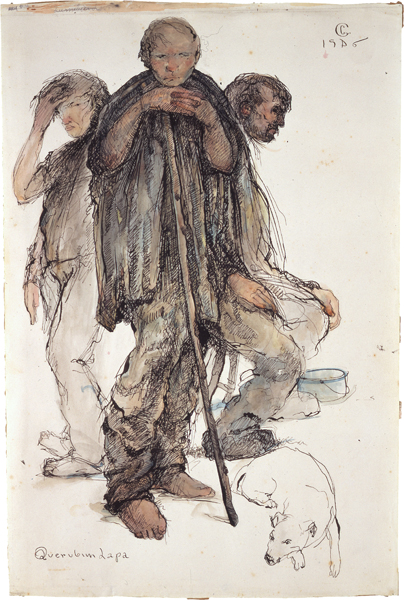
s/título
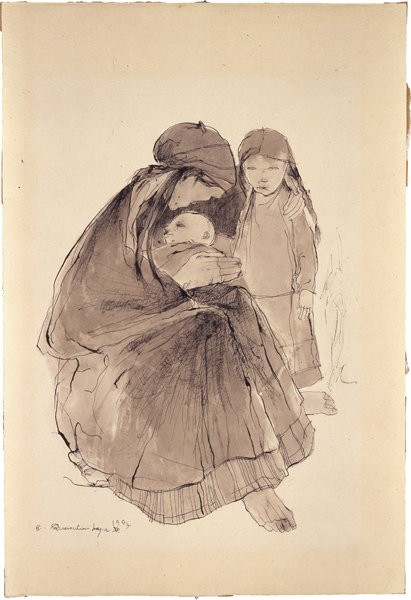
s/título
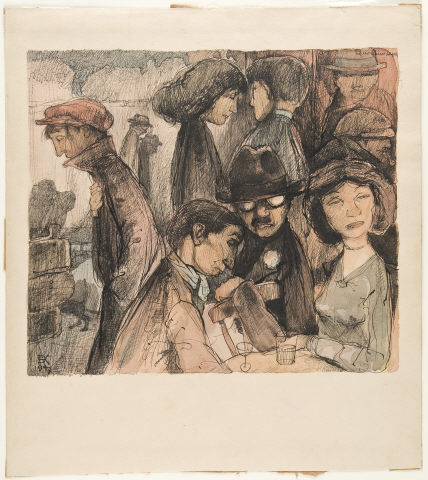
s/título

Costureiras
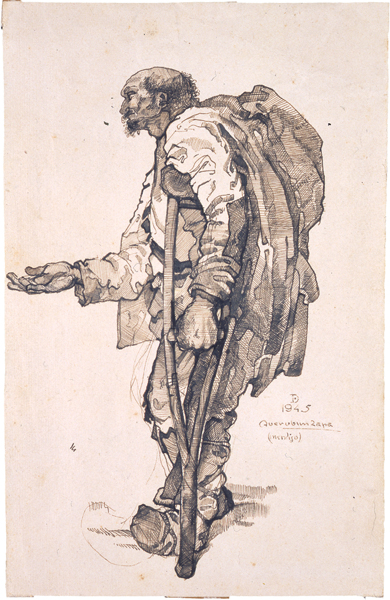
s/título
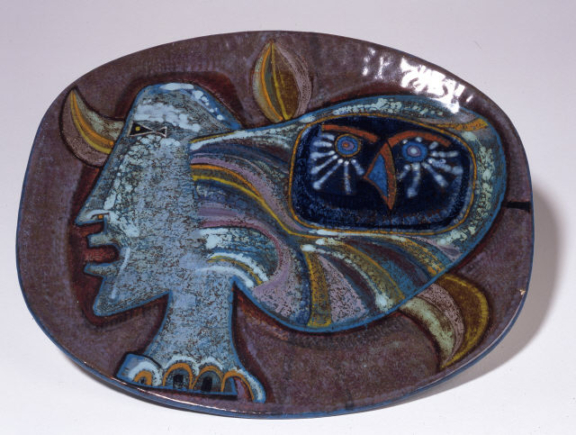
Travessa – Figura híbrida [Dish – Hybrid figure]
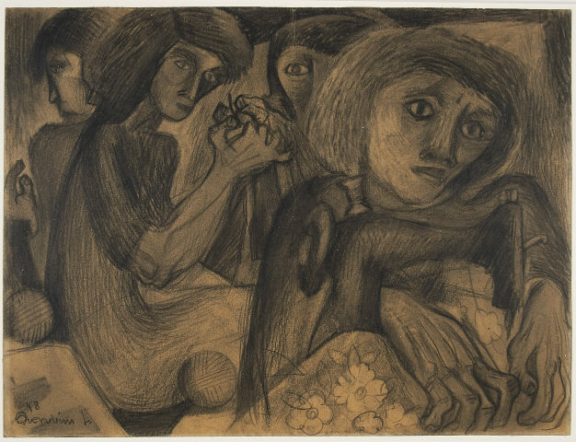
s/título
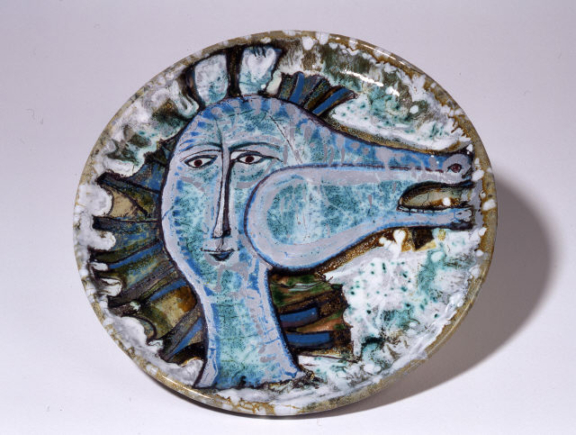
Prato – Figura híbrida [Plate – Hybrid figure]
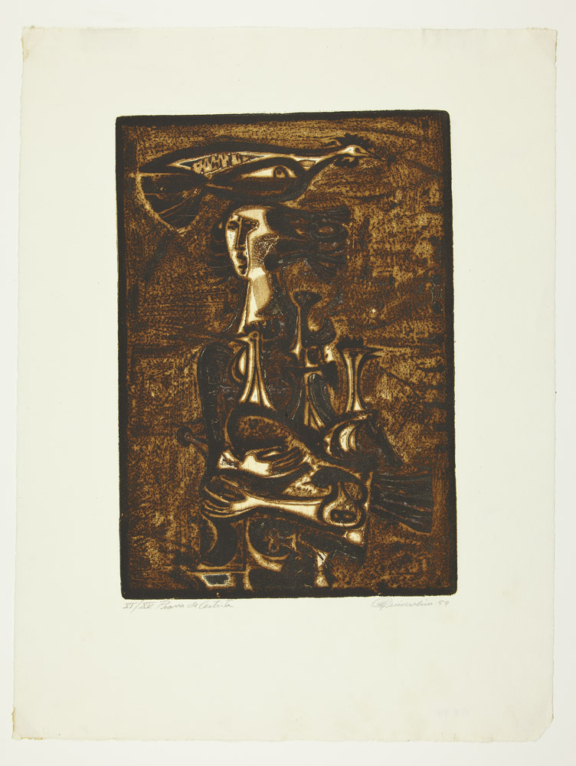
Galinheira
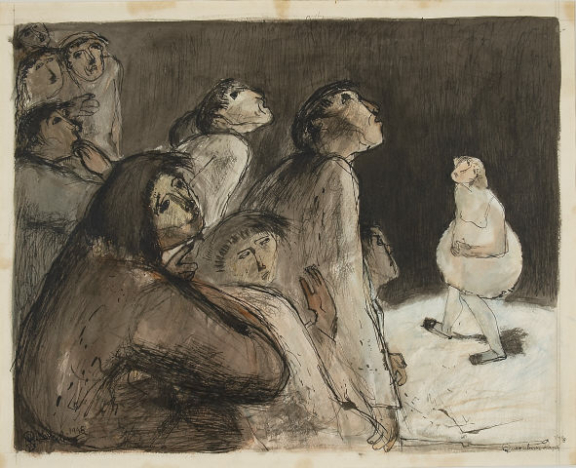
s/título

Peixeira
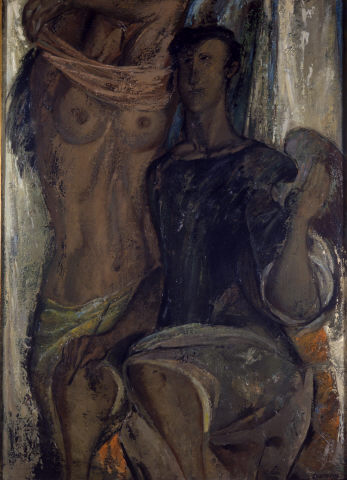
O Pintor
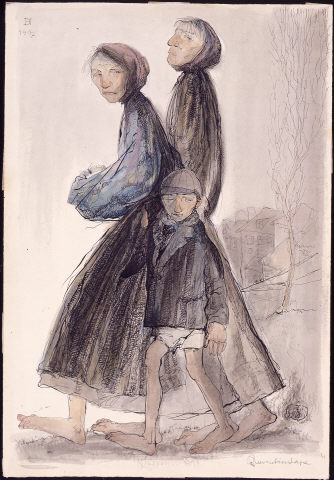
s/título
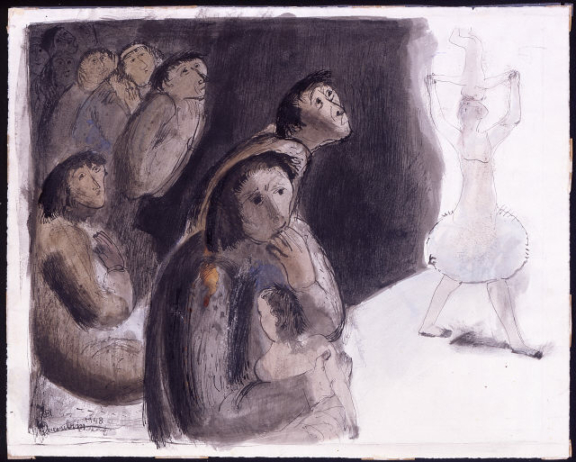
s/título

Untitled
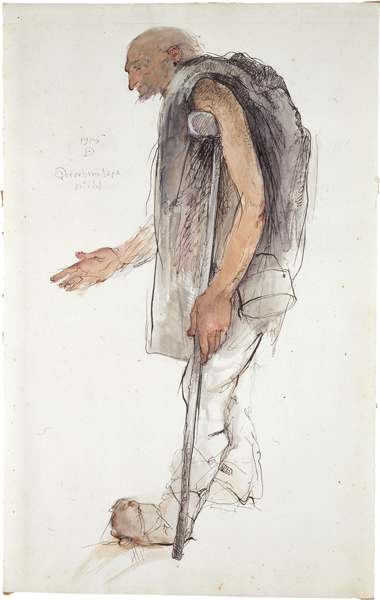
s/título